Your Cart is Empty
Free Shipping on All Subscriptions Worldwide
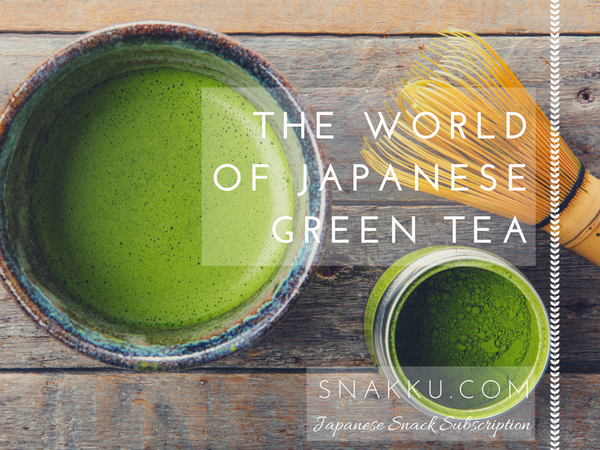
There are two types of people in the world: coffee drinkers and tea drinkers. What’s your drink of choice? Worldwide, coffee is the preferred drink of choice. But in some countries, like Japan, tea is the more popular drink.
While coffee might be more popular, there’s no doubt that tea is gaining a loyal following. Even in the US, the country with the highest coffee consumption, tea is steadily gaining popularity. And there are good reasons for it too! Tea has less caffeine and releases it over a longer period of time (so no caffeine crash), it's healthier, and has more variety.
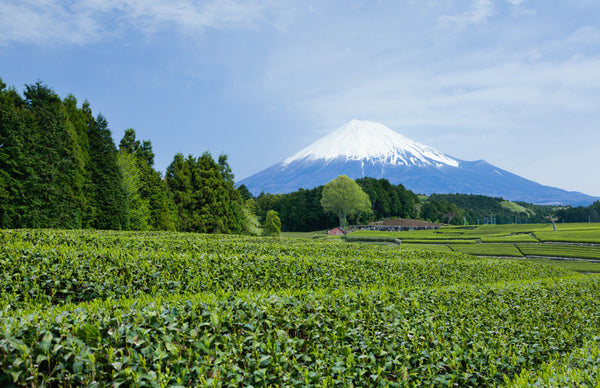
© Ippei & Janine Naoi
Around the world, it's estimated that there are over 3000 different types of teas! While most of these 3000 types can be broken down into 6 categories (green, black, oolong, white, puer, and herbal), it’s daunting to know exactly what type of tea you want to drink. In this post, we take a look at the different types of Japanese green tea. Read on to impress your friends with your amazing green tea knowledge!
FREE GUIDE - 7 HIDDEN SNACK STORES OF TOKYO

So where does green tea come from? Almost all green tea is from the same plant, Camellia sinensis. These tea plants can grow into a tree if left undisturbed, but cultivated plants grow into a shrub that is waist high (for easy harvesting).
You must be wondering, if all green tea is from the same plant, then what’s the difference between Chinese and Japanese green tea? Well, there are slight variations to the plant, but the main difference is in the way the tea plants are grown, harvested, and processed
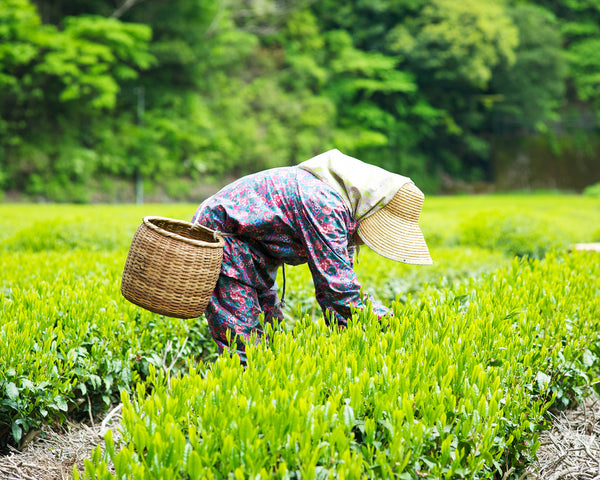
Harvest Japanese green tea leaves by hand © Tonx
So where does your green tea come from? 80% of the green tea in the world are from China. Japanese green tea only accounts for 7% of the global green tea supply. Of all the tea that is produced in Japan, 95% of that is consumed domestically within Japan and only 5% is exported to other countries. Other green tea producing countries include India and Korea.
If you like matcha snacks, definitely check out our Snakku Japanese Snack Subscription.We include a bunch of locally made authentic Japanese snacks that you can't find outside of Japan. And many of the snacks that we include are made with premium Japanese green tea. Check out some past boxes here!
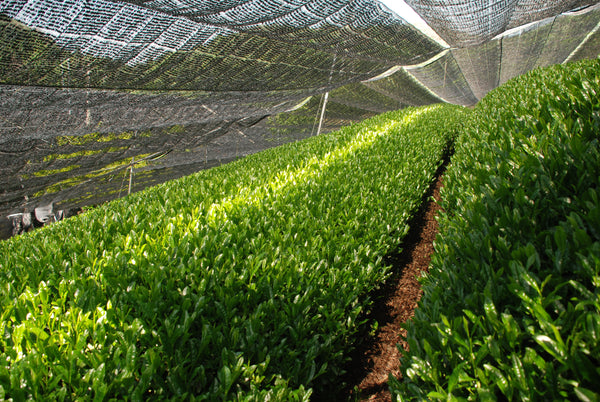
The shaded tea field for Gyokuro
It can be pretty tough to get your hands on genuine Japanese green tea, but if you do, it is something truly special. Personally, we think that it’s amazingly delicious with rich flavors that can’t be found anywhere else.
Even though Japan only accounts for 7% of the green tea in the world, there are still lots of different types of Japanese green tea. So let’s break it down one by one:
Gyokuro玉露:

This is the highest grade and most expensive tea in Japan. Less than 1% of Japan’s tea production is gyokuro due to the intensive growing methods. Gyokuro tea bushes are covered by shade about 20 days before harvesting. By limiting the amount of sunlight, the leaves produce more amino acids known as theanine, giving it a rich yet mellow and slightly sweet flavor. Gyokuro is the embodiment of ‘umami’ in tea. Gyokuro produced in the Kyoto region is considered the best in the world.
Matcha 抹茶:

Matcha used to only be consumed for special occasions and was made from tea bushes that were over 100 years old. However, nowadays Matcha has become extremely popular and is the go-to form of green tea when making confectionary, snacks, and sweet drinks. Matcha is produced by stone grinding Tencha tea leaves. Similar to Gyokuro, Tencha is grown in the shade. Another unique feature of Matcha is that it's the only tea where the whole tea leaf is consumed rather than it just being steeped.
Sencha煎茶:

Sencha is the most frequently consumed and well-known type of green tea. It accounts for over 70% of the tea production in Japan. It is produced almost everywhere in Japan and the range of quality and flavors vary widely. In general though, Sencha has a mild sweetness with a bit of astringency. Sencha leaves are picked in the earlier half of the harvest season.
Genmaicha玄米茶:

Genmaicha is Sencha combined with roasted popped brown rice grains. The rice adds a nice nutty savoriness making it a very refreshing tea. Genmaicha also has the least amount of caffeine, making it a popular tea for children and the elderly.
Hojichaほうじ茶:

Hojicha is produced in the same way as Chinese green teas. The leaves are pan roasted at extremely high temperatures then immediately cooled. The roasting process gives Hojicha its brown color, reduced caffeine content, and savory light flavor. Hojicha is a popular tea to drink chilled for the hot summer days.
Kukicha茎茶:

Kukicha is made from the stems and stalks normally discarded in the production of the other teas. While it tends to be cheaper, Kukicha made from Gyokuro leaves are still highly prized. Kukicha has a light and crisp flavor.
Bancha 番茶:

After the Sencha’s first harvest, new leaves begin to grow in. These subsequent sets of leaves are picked for Bancha around June-October. The tea from the first picking of these subsequent leaves are called Ichibancha 一番茶(translates to first bancha). Tea from the second picking is called Nibancha 二番茶(translates to second bancha) and so on. The leaves in each subsequent picking become tougher. Compared to Sencha, Bancha is more bitter and less fragrant but has more fluoride so is effective against tooth decay.
There are a few other types of green tea, but these are the most common varieties found in Japan. Any of these green teas would be the perfect drink to have along with your tasty Japanese snacks.
Enjoy traditional Japanese snacks from Snakku with green tea
You can even double it up by having Matcha green tea Japanese snacks (like this one) and a cup of nice Matcha latte. Sign up for our newsletter to get our simple yet delicious 1 minute Matcha latte recipe!
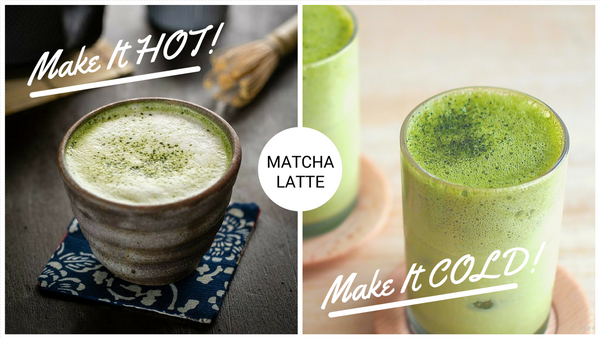
Take a look at our Japanese Green Tea Infograph!

If you liked this post, check out these other popular posts!
I love my green teas and my herbals. I do agree though gyokuro is strong and expensive lol. Runs me over $100 to get my tin filled. Nothing like coming home though stepping your tea leaves and smelling the tea and sitting down to enjoy, best feeling ever. Love the info here also, great job
Comments will be approved before showing up.
Kayla
July 11, 2017
Where do I buy these great quality of teas? I have been watching a lot of anime shows lol and I just think tea must really be great and relaxing so I would like to purchase some